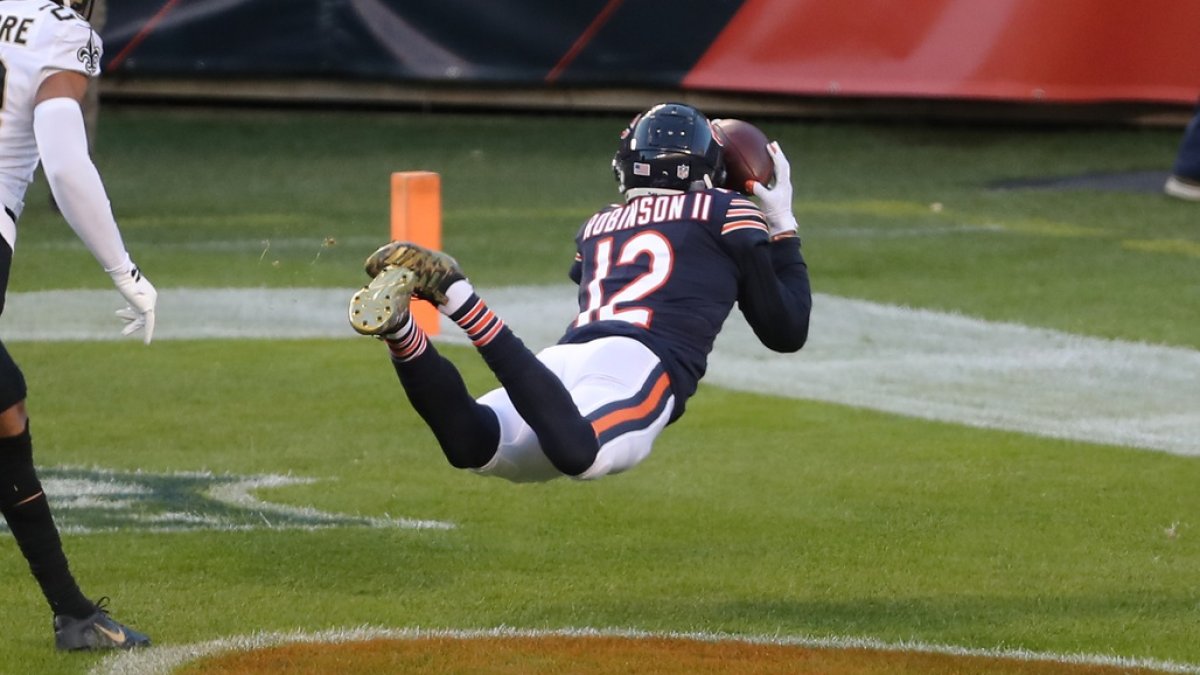As former Green Bay Packers executive and current man of many hats Andrew Brandt likes to say, “deadlines spur action.”
After 10 franchise tags were administered in early March, three players went on to sign lucrative extensions shortly thereafter: Dallas Cowboys quarterback Dak Prescott, New York Giants interior defender Leonard Williams and Denver Broncos safety Justin Simmons. For the other seven players, developments on any multi-year extension have been few and far between.
Nevertheless, the deadline to sign a franchise-tagged player to a multi-year contract extension is Thursday, July 15. After that date, the player must play out the 2021 season on the franchise tag. Will the impending deadline spur action?
Subscribe to
The remaining franchise tag situations this offseason are particularly unique and difficult to navigate, for some because of the impact the lower 2021 salary cap had on free agency. To be clear, from a 2021 salary cap space perspective, teams would benefit from extending any of these seven remaining players by clearing additional cap room. Franchise tags count as one large amount all hitting the cap in 2021, so teams can convert some of that money into prorated bonuses and spread the cap hits over several years.
Four of the seven franchise-tagged players are wide receivers and safeties: Tampa Bay Buccaneers wide receiver Chris Godwin, Chicago Bears wide receiver Allen Robinson II, New Orleans Saints safety Marcus Williams and New York Jets safety Marcus Maye. Both positions had a ton of top talent hit the market in 2021, with seven of PFF’s top 15 2021 free agents either wide receivers or safeties.
While there are always extenuating circumstances in each case — for example, Will Fuller V’s suspension clearly played a role in his free agency discussions — the contracts doled out to players like safety John Johnson III (three years, $33.75 million, $11.25 million per year) and wide receiver Kenny Golladay (four years, $72 million, $18 million per year) were underwhelming compared to standard free agency expectations.
This complicates matters for Godwin and Robinson, in particular, because while they and their representation will certainly look to expand on the 2019 and 2020 market growth, there has been a regression so far in 2021. Then-Atlanta Falcons wide receiver Julio Jones signed for $22 million per year back in 2019, with almost the entire contract fully guaranteed at signing.
Arizona Cardinals wide receiver DeAndre Hopkins followed that up in 2020 with a staggering $27.25 million per year extension, even with three years still remaining on his contract. Dallas Cowboys wide receiver Amari Cooper and Los Angeles Chargers wide receiver Keenan Allen have solidified the top of the wide receiver market above $20 million per year. There’s no reason for Godwin or Robinson to take under $20 million per year, especially considering that the salary cap jump in the near future will push position markets to new heights.
The other three franchise-tagged players — Carolina Panthers tackle Taylor Moton, Washington Football Team guard Brandon Scherff and Jacksonville Jaguars tackle Cam Robinson — are facing the exact opposite problem. At right tackle, the New Orleans Saints‘ Ryan Ramczyk just reset the market with his five-year, $96 million extension ($19.2 million per year). Kansas City Chiefs guard Joe Thuney just reset the guard market with his five-year, $80 million extension ($16 million per year). And the left tackle market has been incredibly strong since the Houston Texans‘ Laremy Tunsil signed for $22 million per year in April 2020.
Exclusive content for premium subscribers

WANT TO KEEP READING?
Dominate Fantasy Football & Betting with AI-Powered Data & Tools Trusted By All 32 Teams
Already have a subscription? Log in



 © 2025 PFF - all rights reserved.
© 2025 PFF - all rights reserved.